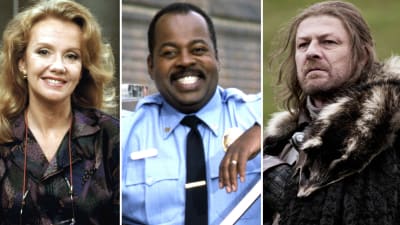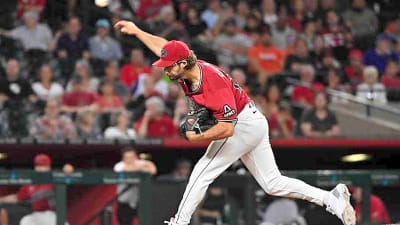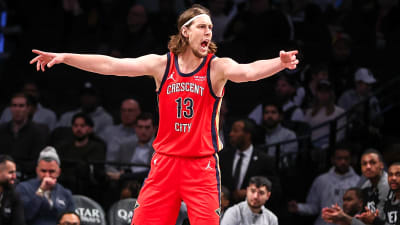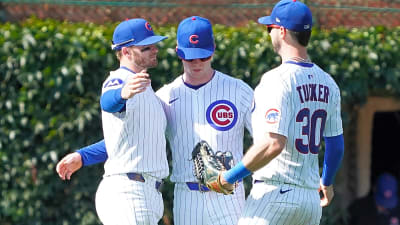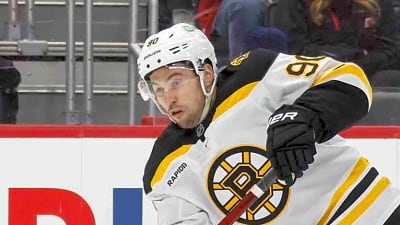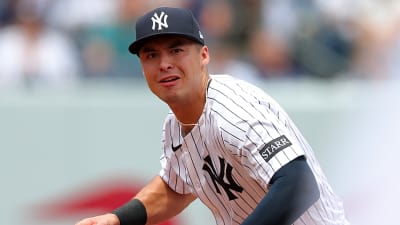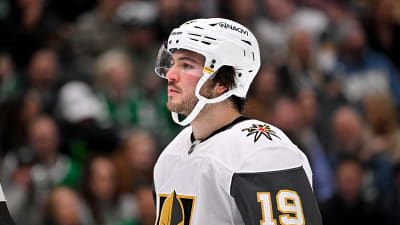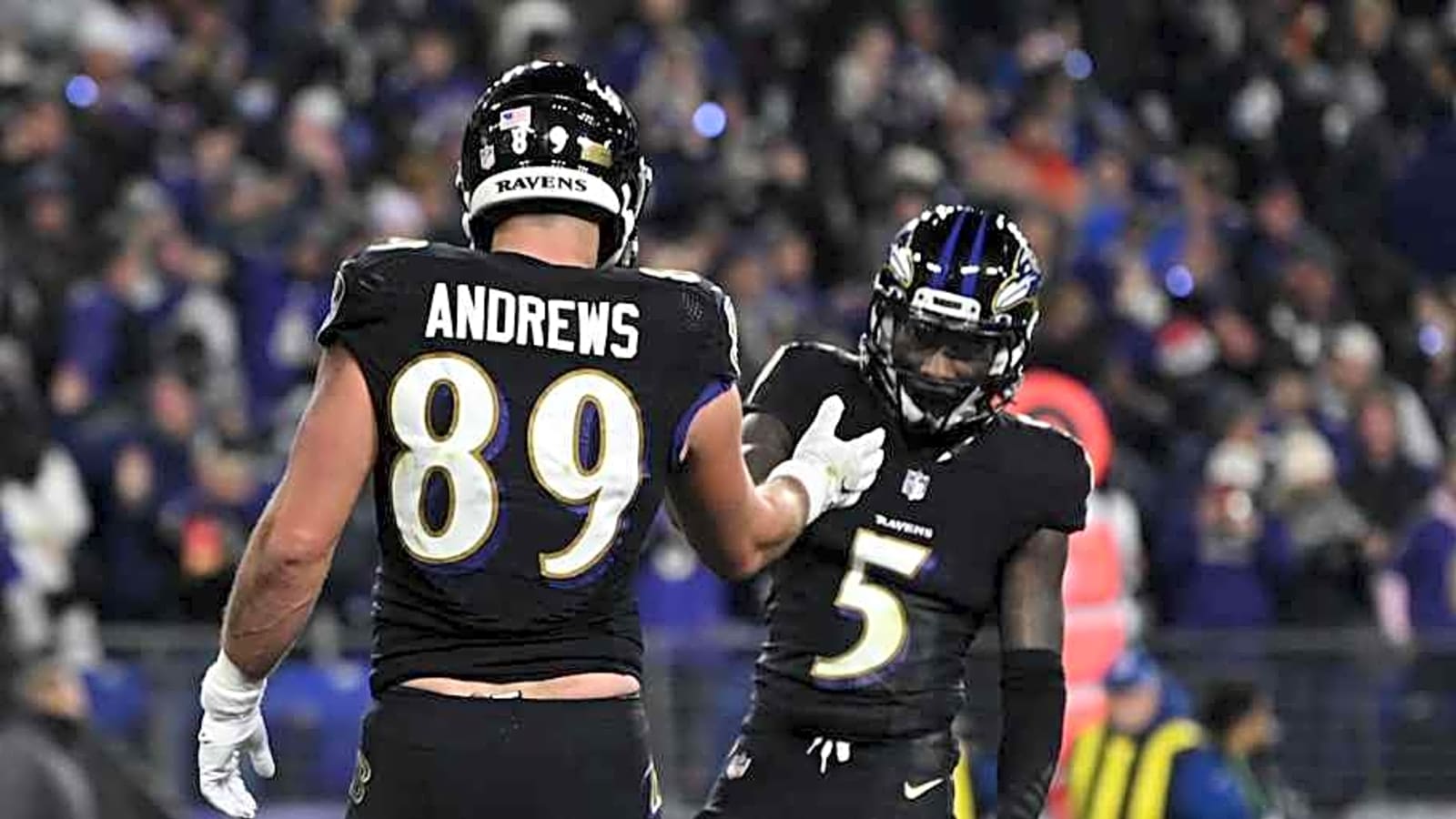
We are well into NFL Draft season, standing just two days away from league commissioner Roger Goodell taking the stage and announcing who the Tennessee Titans are selecting first overall.
The Ravens will have to wait another hour and change for their clock to really start ticking, as their superior record puts their draft position much farther down in the selection order, but a familiar question is on the minds of Baltimore fans: "Should we spend another pick on a receiver?"
That major draft question has been tossed around over and over, spanning well beyond this most recent dispiriting offseason and extending through the last decade of Ravens football.
Ever since they realized they'd struck gold by snagging a future three-time MVP in Lamar Jackson with the first round's final pick in 2018, the clock representing Baltimore's window of contention has raised the stakes on every swing and miss the team has taken on various receiving weapons to, ideally, make Jackson's job easier.
The Ravens have been relatively consistent about including a receiver or two in just about every draft haul since 2018, an instrumental position to develop when accounting for how Jackson warps defenses, already terrified of his ground game, and how much more dangerous having down field targets makes the Baltimore offense.
Before Ravens General Manager Eric DeCosta considers pulling the trigger on another pass catcher later this week, lets review the surefire hits and various misses he and his draft experts have taken fliers on.
Consistent, Every (Sun)Day Options
Of the 13 receivers and tight ends drafted by the Ravens since 2018, only two really classify as routine starters and every down options.
Mark Andrews and Zay Flowers, featuring heavily in Baltimore's pass game all the way up until the present day, check all of the boxes for what the front office is looking for in catching playmakers.
Andrews has caught more touchdowns in a Ravens uniform than anyone else in franchise history with 51, mounting three Pro Bowl selections, and All-Pro First-Team appearance in 2021 and a comeback 2024 season in which he snagged a career-high 11 single-season touchdowns. His future with the team is murky at the moment between his unfortunate dropped pass to effectively end Baltimore's past season in the Divisional Round and the front office's reluctance to commit to the longtime tight end, but he's been everything the franchise could have asked for from 2018's number 86 pick.
Mark Andrews responded to trade speculation heading into the draft, per ESPN:
— Sarah Ellison (@sgellison) April 22, 2025
"At the end of the day, I think [Eric DeCosta] said it perfectly: He's in the business of keeping great players and it's a business at the end of the day. You can't be surprised by anything, but I'm a… pic.twitter.com/zfW2w2CGpf
The young Flowers, for his part, is still ascending, having asserted himself as the team's top wideout from nearly the day he was drafted #22 overall in 2023. He cracked 1,000 yards in his first Pro Bowl season last fall, averaging 14.3 yards per reception on 74 catches. Should Andrews stay, he and Flowers will continue making for one of the better catching tandems in the NFL.
Ravens WRs with 1,050+ receiving yards on less than 120 targets in a season
— RavensMuse (@Ravensmusee) April 20, 2025
- Zay Flowers (2024)
That's it. pic.twitter.com/AaTTcKiMy2
Baltimore's receiver depth beyond their competent starters, however, leaves a bit more to be desired. The Ravens have picked up plenty of solid rotational catching threats over the years, but few keepers given their repeated attempts at trying to find Lamar-like gems later in the draft.
Floaters, Journeymen and Unanswered Questions
Baltimore clearly had tight end fever in 2018, with third round pick Andrews not even being the highest selected Raven at his position. Hayden Hurst memorably went 25th overall, eight picks ahead of Jackson. He was functional without ever registering as much to write home about, having donned four other jerseys since getting traded by the Ravens in 2020.
The year following the introduction of Jackson, Andrews and Hurst introduced Baltimoreans to Marquise "Hollywood" Brown, a fun receiver and regular touchdown scorer who ultimately fell a bit short of living up to the first-round pick title. He shared the up-and-coming years with Ravens fans before he, too, got involved in a trade. The last three years have seen injuries get the better of Brown, as he suited up in just two early outings for Kansas City last season.
Despite those early "meh" first round swings, DeCosta has been known to get good value out of complementary catchers.
Slot worker Devin Duvernay and routine deep threat Rashod Bateman were routinely featured in plenty of impact plays, with Bateman sustaining as a tertiary playmaker and Duvernay once joining an All- Pro First-Team as a punt returner before departing for Jacksonville before last season. Isaiah Likely, still coming into his own, has shown flashes of the famed double-tight end offensive strategy that's recently overtaken NFL offenses.
Bears fans, meet 2x Pro Bowl returner Devin Duvernay
— Dave (@dave_bfr) March 19, 2025
pic.twitter.com/fhJOJ7HaCH
The rest of Baltimore's attempts at finding another receiver on the margins requires few individual mentions; Miles Boykin had a moment as an occasional deep ball catcher, and a few young guys like Tylan Wallace and Devontez Walker are still sticking around Baltimore, waiting for further opportunity.
The Ravens have a good history of drafting, with the team regularly finding value without needing top picks every year. They've swooped up some good receivers over the years, but could use some more firepower at the top with Andrews' future uncertain and expectations of contending as demanding as ever. Several mock drafts are preparing for the Ravens to try again toward the top of their draft board, and if a recent study shows us anything, they can make their higher picks count.
More must-reads:
- Buccaneers, Baker Mayfield get bad Tristan Wirfs news ahead of training camp
- Eli Manning reveals final decision about possibly buying minority stake in Giants
- The 'NFL head coaches' quiz
Breaking News
Trending News
Customize Your Newsletter
 +
+
Get the latest news and rumors, customized to your favorite sports and teams. Emailed daily. Always free!

